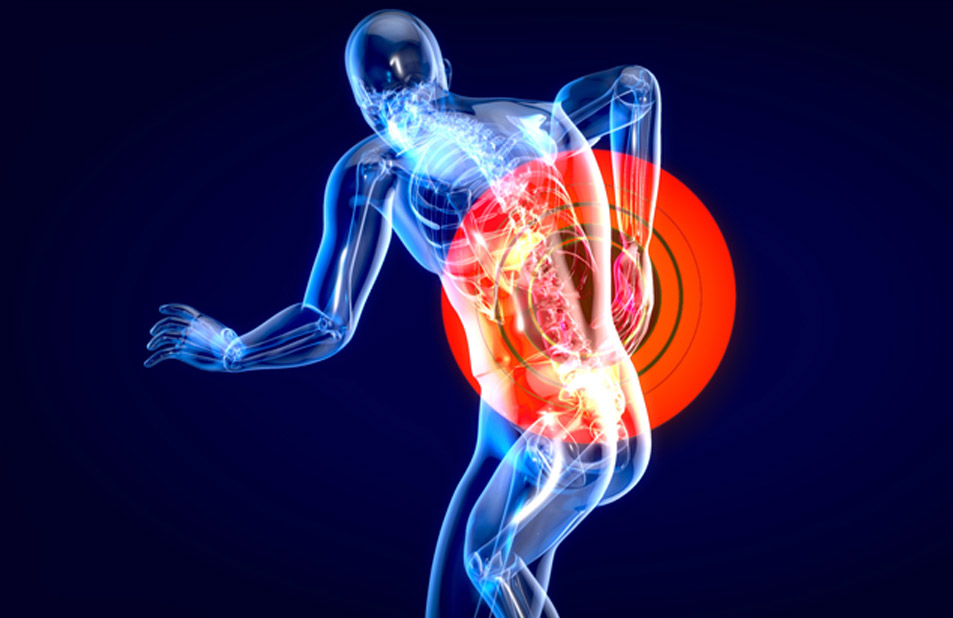
An endoscopic rhizotomy is a minimally invasive procedure that allows a physician to see the dorsal ramus branch of nerves, including the medial and lateral branch nerves. These nerves stimulate the facet joint and transmit pain signals from the back muscles to the brain.
Benefits of an Endoscopic Rhizotomy
The procedure can provide pain relief to patients experiencing:
- Chronic back pain
- Muscle spasms
- Pain when leaning backwards
The procedure can also treat the following conditions:
- Facet joint syndrome
- Failed back surgery
- Facet-related arthritis
- Back spasms associated with the facet joint
- Chronic low back pain
The Benefits of an Endoscopic Rhizotomy
The benefits of the procedure include:
- High success rate
- No need for spinal fusion
- Minimal skin scarring
- No muscle or tissue tearing
- Preserved spinal mobility
- Minimal blood loss
- Minimal post-operative pain
- Minimal need for narcotic medicines
- Short recovery time

Who is a Candidate for Endoscopic Rhizotomy?
Patients may benefit from an endoscopic rhizotomy if they’ve:
- Experienced temporary pain relief from a percutaneous medial branch rhizotomy but are still in pain
- Had lower back pain for more than six weeks
- Experienced pain relief of 50% or more from a medial branch block procedure
- Experienced greater spasms after rubbing their lower back
How to Prepare For the Procedure
Patients should avoid eating or drinking before the procedure and have a friend or family member ready to take them home after the procedure. Patients should speak to their physician about the medications they are taking and find out which medications they need to pause until after the procedure.
What to Expect During the Procedure
Patients will be asked to lie down on their stomach on the operating table and a nurse will insert an IV line and apply local anesthesia. The surgeon will then make a tiny incision near the facet joint of the vertebrae and insert a 7mm tube to access the medial branch nerve. Next, the surgeon will insert an HD camera into the metal tube to obtain an HD view of the medial branch nerve. Using microscopic instruments, the surgeon will ablate the medial branch nerve.
Once the nerve has been treated, the surgeon will extract the metal tube and place a small bandage over the incision. Patients may feel pressure at the treatment site during the procedure, but will not experience any pain. The entire procedure may take between 30 and 60 minutes. Patients will be monitored and discharged within an hour after the procedure has been completed.

After the Procedure
Patients can typically return to work and resume normal activities the following day. However, they should avoid engaging in strenuous activities, such as heavy lifting or exercise. Patients can shower, but should avoid bathing, swimming or soaking in a hot tub for 24 hours after the procedure.
Common side effects include mild discomfort, soreness, bruising or swelling at the injection site. Patients may apply an ice pack or take an over-the-counter pain reliever to reduce discomfort.
Potential Risk and Complications
Patients should contact their doctor if they experience the following symptoms:
- Dizziness or weakness
- Fever, chills, nausea or vomiting
- Redness, bleeding, swelling or drainage at the injection site
- Numbness that persists for more than two or three hours
